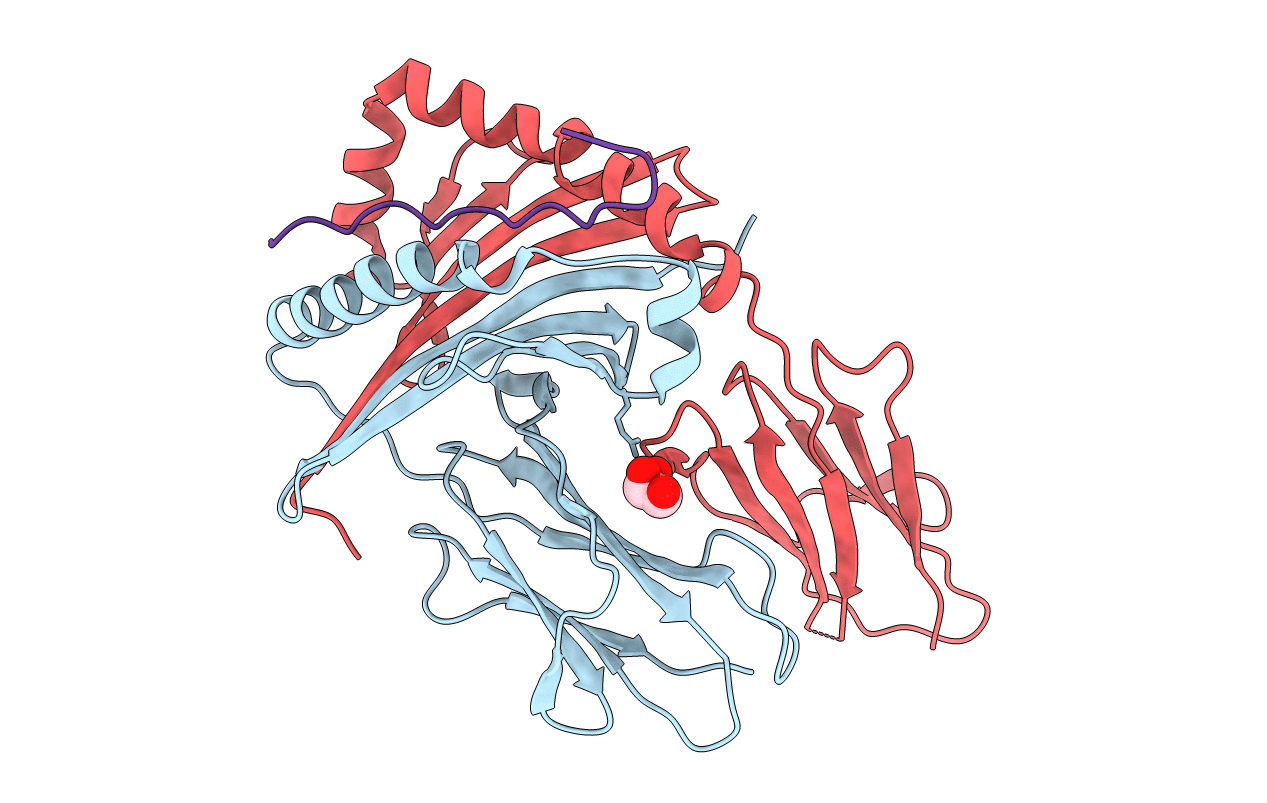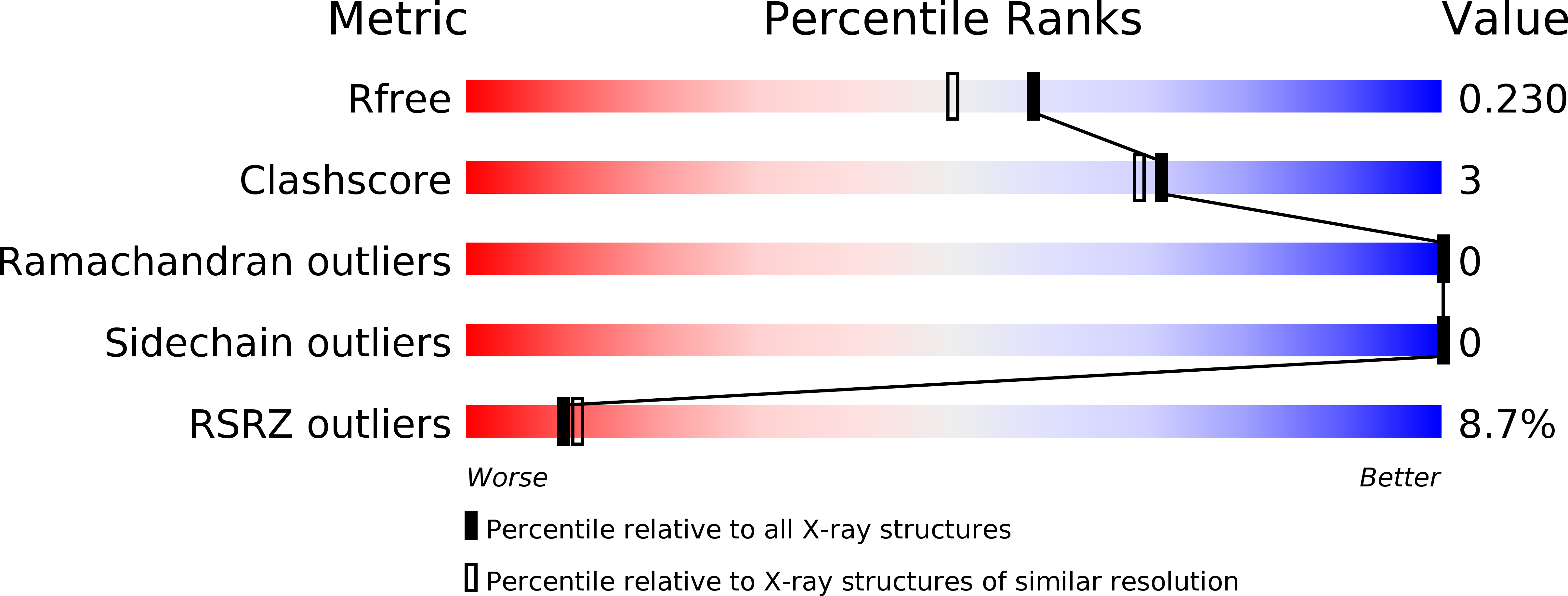
Deposition Date
2019-09-04
Release Date
2019-12-25
Last Version Date
2024-10-23
Entry Detail
PDB ID:
6KVM
Keywords:
Title:
Crystal structure of Chicken MHC Class II for 1.9 angstrom
Biological Source:
Source Organism:
Gallus gallus (Taxon ID: 9031)
Host Organism:
Method Details:
Experimental Method:
Resolution:
1.90 Å
R-Value Free:
0.22
R-Value Work:
0.20
Space Group:
C 1 2 1


